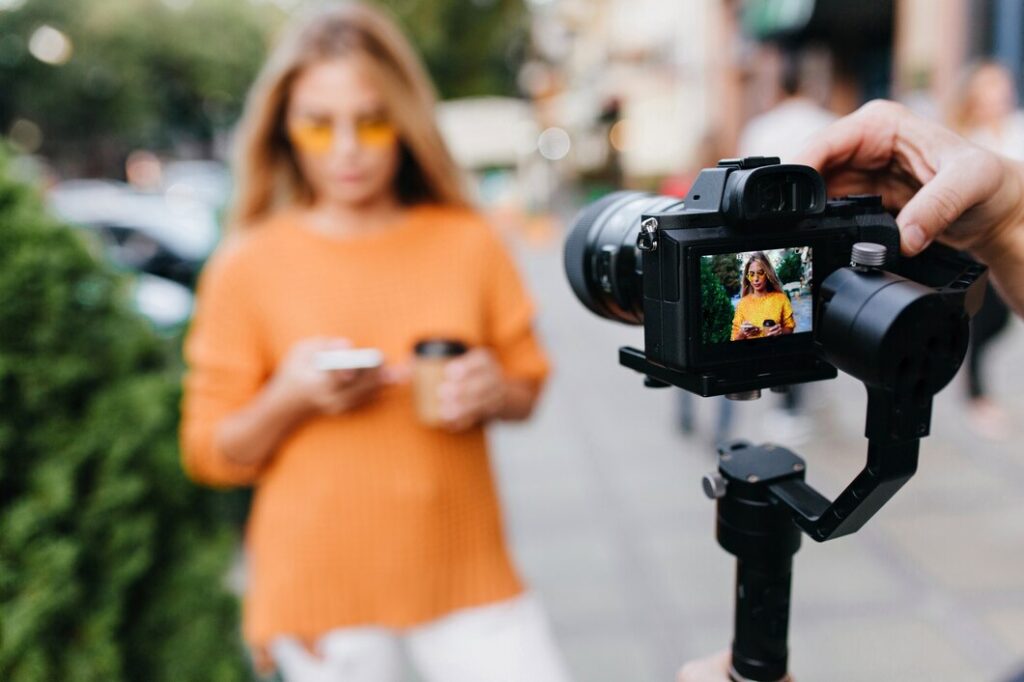Video content refers to any multimedia content that is presented in a video format. It involves using moving images, audio, and often text or graphics to convey information, tell a story, or engage and entertain an audience. Video content can be found on various platforms, including television, websites, social media, and streaming services, and it comes in a wide range of formats and styles. Here are some common types of video content:
Video content creation involves several key steps, from initial planning to the final production and distribution of the video. Here are the primary steps in the video content creation process:
Concept and Idea: Define the purpose and concept of your video. What message do you want to convey, and who is your target audience?
Scripting: Write a script or outline for your video, including the narration, dialogues, and visual elements. This step is crucial for organizing the content and ensuring a clear structure.
Storyboarding: Create a visual representation of your video’s scenes or shots. Storyboarding helps you plan the visual aspects of your video.
Location and Set Design: Choose the locations or sets where you’ll film your video. Ensure that they align with your video’s concept and message.


The equipment and tools needed for video creation can vary depending on the type of video you’re producing and your budget.
Essential: A digital camera or smartphone with video recording capabilities can serve as the primary camera. Many smartphones have high-quality cameras suitable for video recording.
Optional: For higher production quality, consider a dedicated video camera or DSLR camera with manual settings and interchangeable lenses.


Essential: A tripod keeps the camera steady and prevents shaky footage. It’s crucial for maintaining a professional look.
Optional: If you need dynamic shots or cinematic movements, consider a stabilizer, such as a gimbal, for smooth camera motion.
Essential: Good audio quality is vital. An external microphone, such as a lavalier (lapel) microphone or shotgun microphone, can significantly improve sound.
Optional: For advanced audio recording, consider a portable audio recorder or an audio interface for connecting professional microphones.


Essential: Proper lighting is crucial for well-lit and clear video. Basic lighting kits with softboxes or LED panels can be effective.
Optional: More advanced lighting setups, including key lights, fill lights, and background lights, can provide better control over the visual quality of your video.
Essential: High-capacity and fast memory cards are essential to store video footage. Ensure you have enough storage for your recording needs.
Optional: External hard drives or cloud storage solutions can be used for backup and archiving.


Essential: A digital camera or smartphone with video recording capabilities can serve as the primary camera. Many smartphones have high-quality cameras suitable for video recording.
Optional: For higher production quality, consider a dedicated video camera or DSLR camera with manual settings and interchangeable lenses.

Essential: A tripod keeps the camera steady and prevents shaky footage. It’s crucial for maintaining a professional look.
Optional: If you need dynamic shots or cinematic movements, consider a stabilizer, such as a gimbal, for smooth camera motion.

Essential: Good audio quality is vital. An external microphone, such as a lavalier (lapel) microphone or shotgun microphone, can significantly improve sound.
Optional: For advanced audio recording, consider a portable audio recorder or an audio interface for connecting professional microphones.

Essential: Proper lighting is crucial for well-lit and clear video. Basic lighting kits with softboxes or LED panels can be effective.
Optional: More advanced lighting setups, including key lights, fill lights, and background lights, can provide better control over the visual quality of your video.

Essential: High-capacity and fast memory cards are essential to store video footage. Ensure you have enough storage for your recording needs.
Optional: External hard drives or cloud storage solutions can be used for backup and archiving.